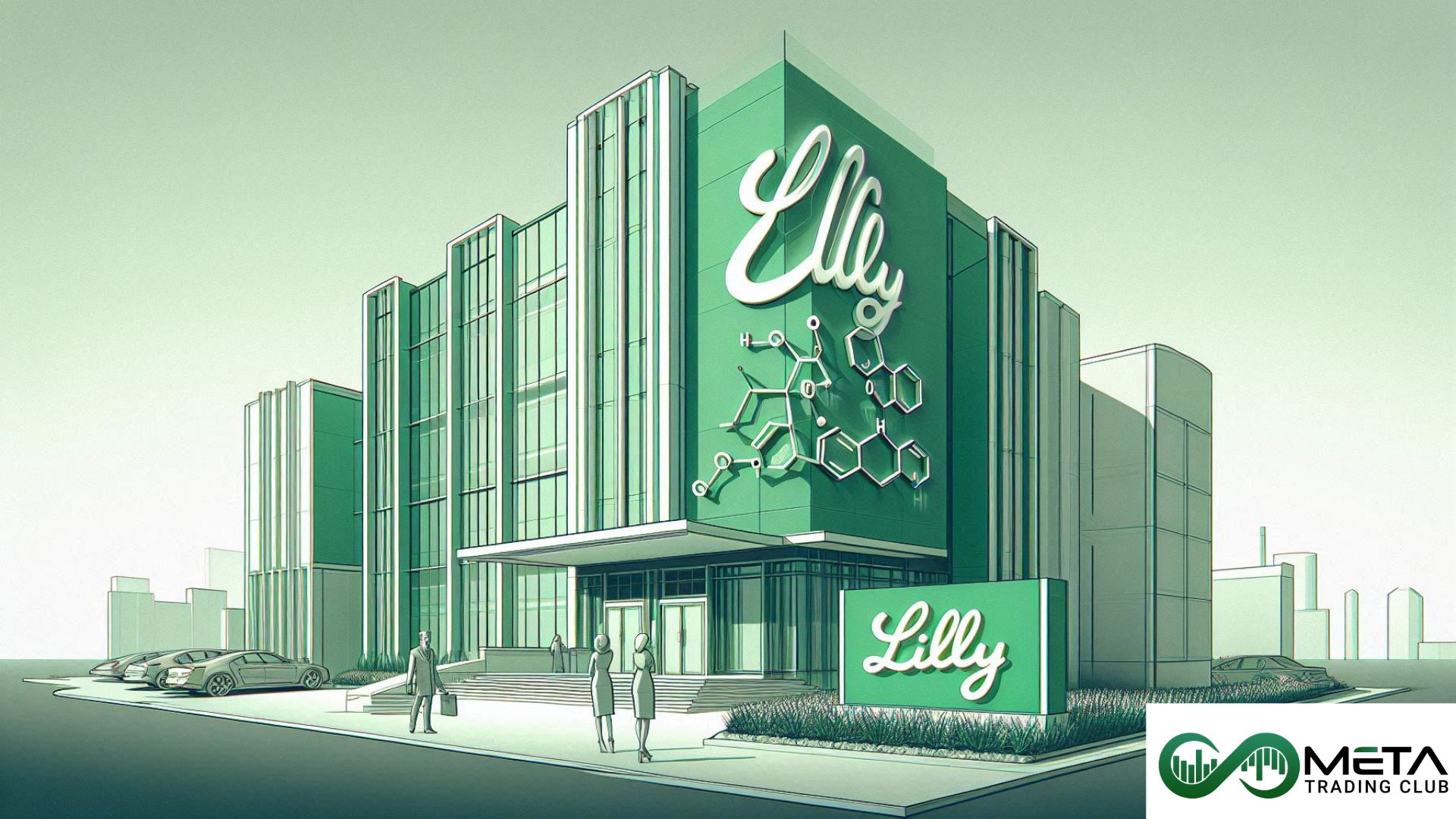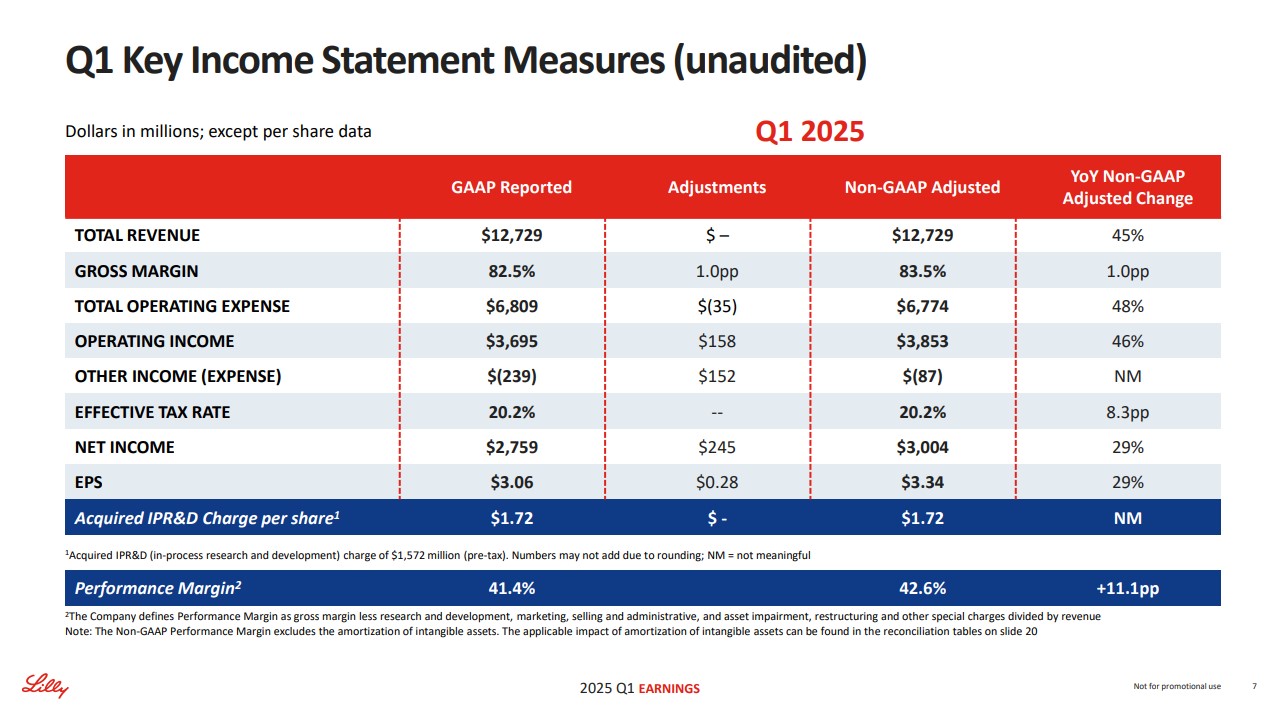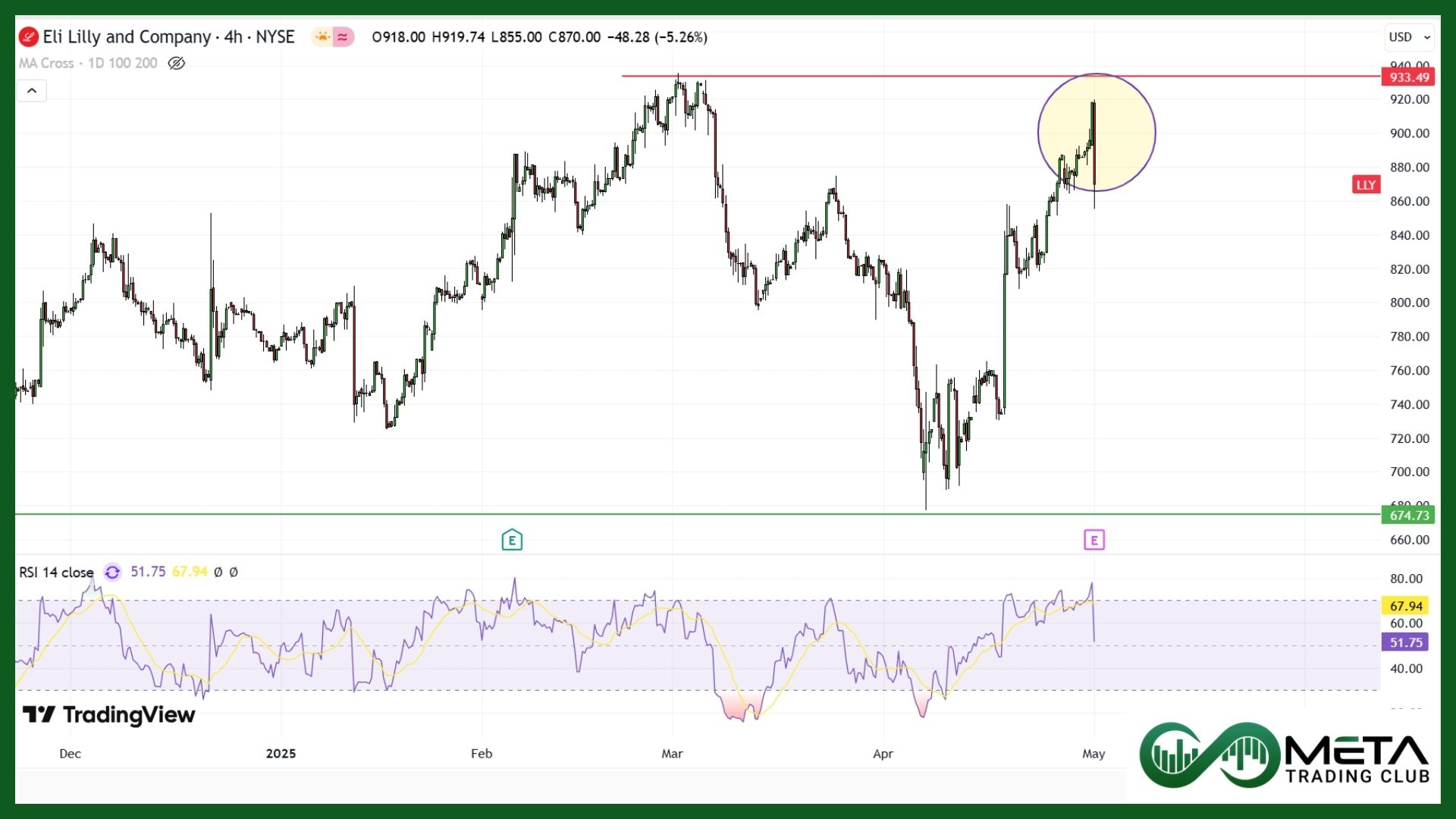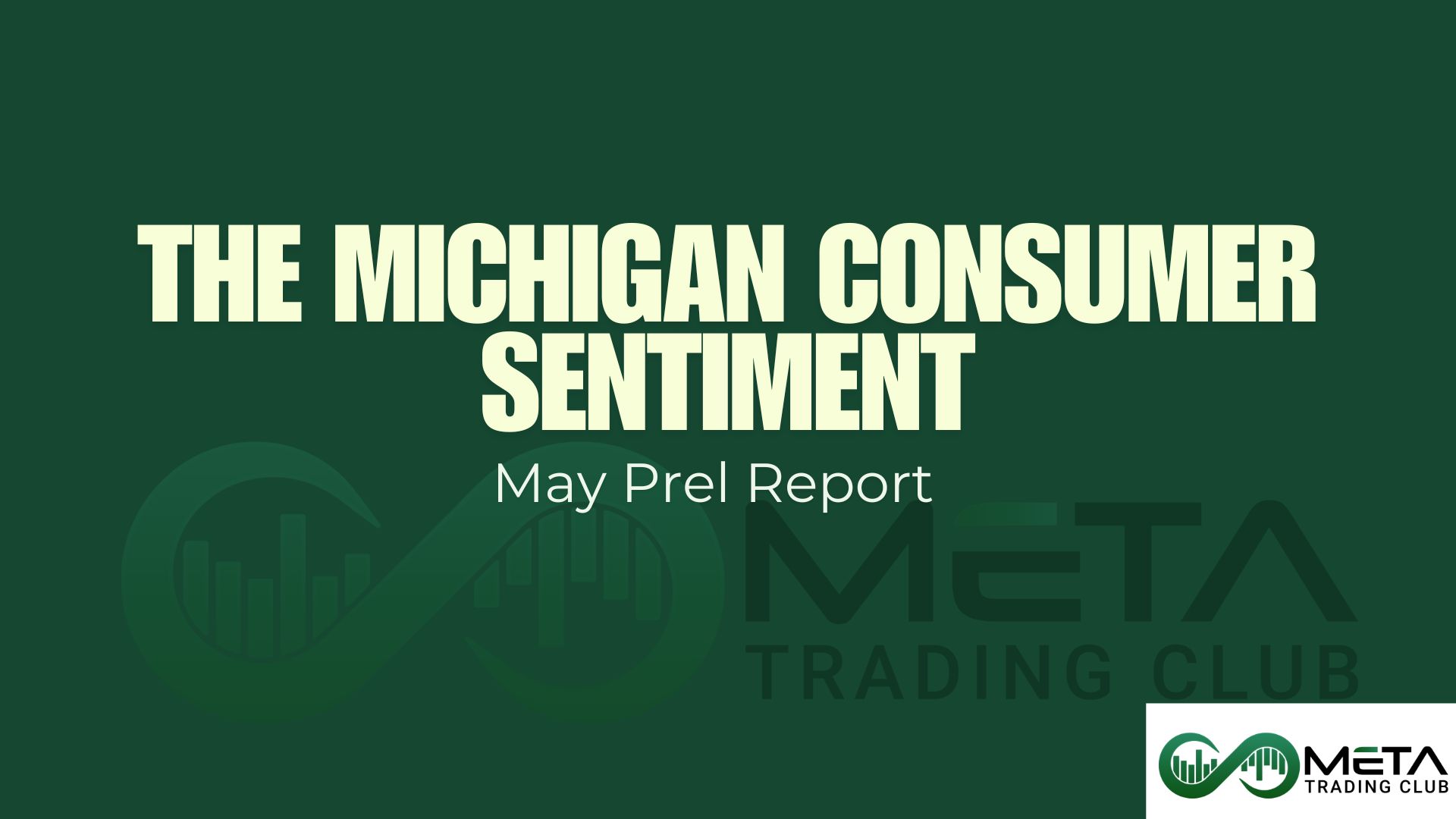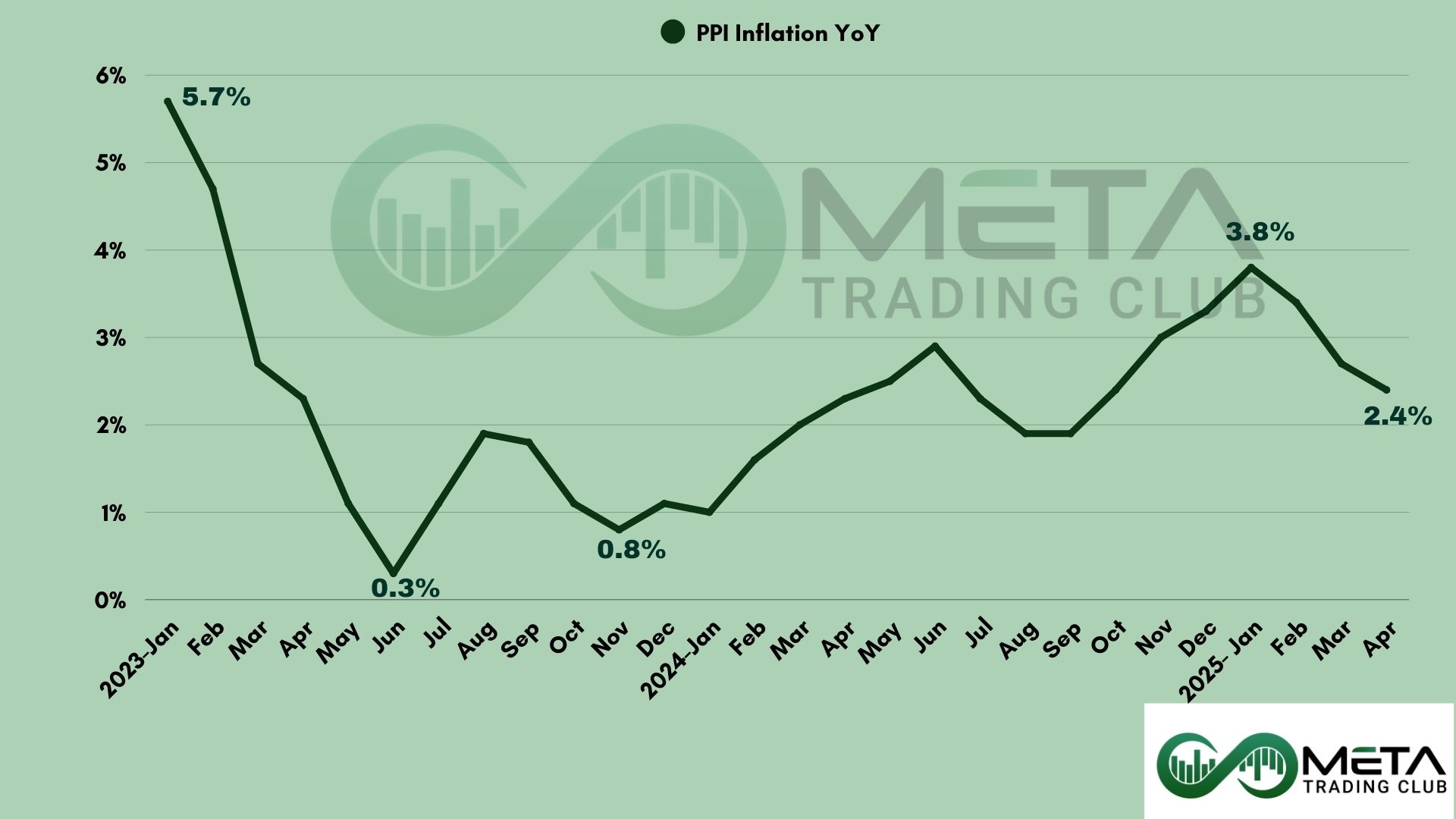Eli Lilly and Company, founded in 1876 by Eli Lilly, is a major American pharmaceutical company based in Indianapolis, Indiana. The company is known for creating important medicines like Prozac, Cymbalta, and Humalog. Eli Lilly operates worldwide, selling products in about 125 countries, and focuses on treating diabetes, cancer, and immune system disorders.
Also, the company invests a lot in research and development, leading to significant medical advancements. They were among the first to produce human insulin and the polio vaccine. Despite challenges like legal issues and competition, Eli Lilly remains a key player in the pharmaceutical industry, committed to making life-changing medicines.
Eli Lilly Fiscal Q1 2025
Eli Lilly (LLY) reported strong Q1 2025 results, with revenue up 45% to $12.73 billion, driven by Mounjaro and Zepbound. However, revenue slightly missed expectations.
Positive Phase 3 trial results for orforglipron in Type 2 diabetes marked significant pipeline progress.
Also, earnings per share rose 23% to $3.06 on a reported basis and 29% to $3.34 on a non-GAAP basis, but both fell short of estimates.
Despite these results, Lilly reaffirmed its revenue guidance of $58 billion to $61 billion for the year.
Highlights:
- Revenue Growth: Lilly’s revenue in Q1 2025 grew 45%, mainly due to higher sales of Mounjaro and Zepbound.
- Key Products: Products like Mounjaro and Zepbound added $4.09 billion in revenue, totaling $7.52 billion.
- U.S. Performance: Revenue in the U.S. rose 49%, thanks to increased sales volumes of Zepbound and Mounjaro.
- Global Performance: Revenue outside the U.S. grew 38%, driven by Mounjaro and Jardiance, including a $370 million one-time boost for Jardiance.
- Profit Margin: Lilly’s profit margin grew 48% due to lower production costs and better product mix.
- R&D Spending: The company spent 8% more on research and development ($2.73 billion) to support new and existing projects.
- Marketing Costs: Spending on marketing increased by 26% to promote new product launches.
- Acquisitions: Lilly spent $1.57 billion on acquiring new research, including a drug program for cancer treatment.
- Taxes: The tax rate increased to 20.2% due to non-deductible costs from acquired research.
- Earnings: Net income rose to $2.76 billion, with earnings per share at $3.06, compared to $2.48 last year.
Guidance
The company updated guidance to account for Q1 acquired research charges while reaffirming its revenue targets.
- Revenue guidance remains between $58.0 billion and $61.0 billion.
- Tax Rate increased to 17% due to acquired research expenses.
- Earnings Per Share (EPS) updated to $20.17 – $21.67 (GAAP) and $20.78 – $22.28 (Non-GAAP), reflecting acquired IPR&D charges and investment losses.
Boards Statements
David A. Ricks, chair and CEO of Lilly, highlighted the company’s strong start to the year, marked by 45% year-over-year revenue growth driven by robust sales of Mounjaro and Zepbound.
He emphasized the continued success of Lilly’s pipeline, with product approvals in oncology and immunology, as well as promising results for orforglipron, an oral incretin, in the first of seven late-stage studies in diabetes and obesity. Ricks also noted Lilly’s efforts to meet global demand for its new medicines by accelerating manufacturing investments, including plans to build four new facilities.
Impact on the Stock Market
Eli Lilly’s Q1 FY25 earnings showed strong revenue growth of 45%, driven by sales of Mounjaro and Zepbound. However, revenue fell slightly below the estimate, and adjusted EPS missed the forecast.
The stock dropped 5% in premarket trading, influenced by lower-than-expected Zepbound sales, reduced profit forecasts for the year, and CVS Health’s decision to drop Zepbound as a preferred drug. Despite these challenges, Lilly remains a leader in the healthcare sector with a market cap exceeding $800 billion.

